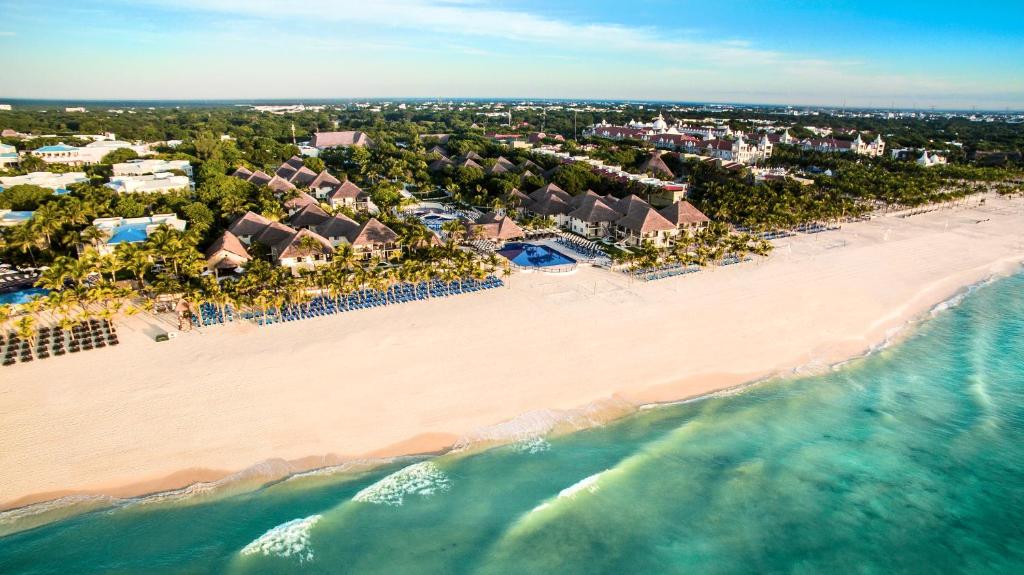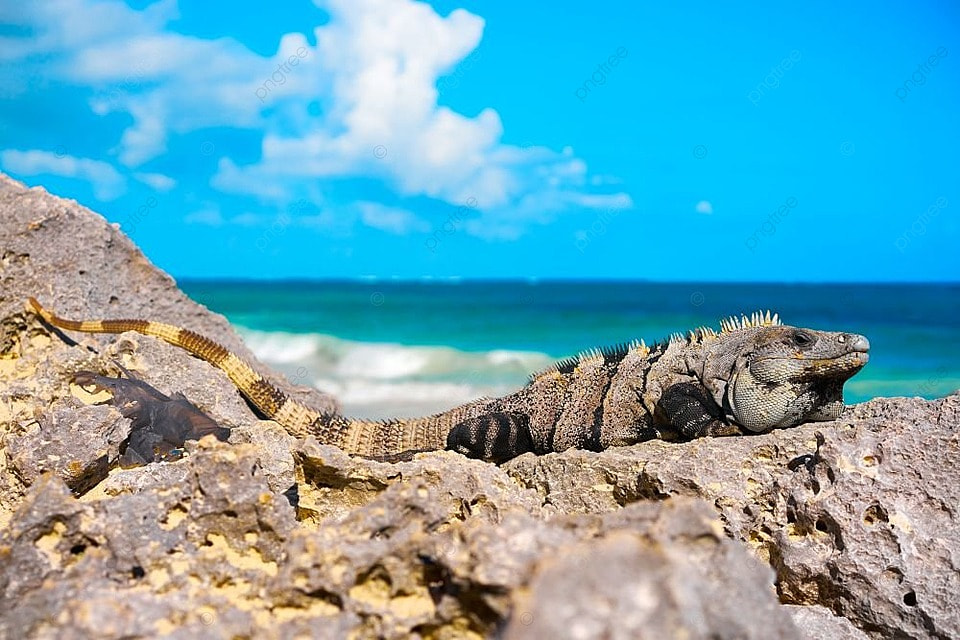
The province of Yucatan is one of the most popular areas in Mexico, with its history, its landscapes as incredible as they are varied, its culture, its gastronomy, there is a lot to say about this region. But today we are going to focus on one place in particular. In the most popular cities of Yucatan we find of course the majestic Cancun, the incredible Tulum, and of course the magnificent Playa del Carmen. But in the latter, one place stands out more than the others, standing out from the crowd with its subtle beauty, quiet strength, and discreet magnificence.
Playacar is right in the centre of Playa del carmen. Just a few minutes from the beach and the most famous avenue in the city, “la Quinta”. Avenue where you will find everything you need for your entertainment, such as bars, cafes, nightclubs and more.
Playacar is an exclusive community, which means that only Playacar residents and employees who work there have the opportunity to enter, which greatly reduces (if not totally eradicates) the risk of theft, assault or other inconveniences.
This place, populated by condominios, luxury hotels, villas and luxurious houses, each one more beautiful than the other, is divided into two parts.
Playacar Fase I, which faces the beach with direct access, will allow you to enjoy an absolutely splendid view of the ocean and its waves, turquoise water and fine sand. This is a celebrity favourite and there are even rumours that Brad Pitt may own a house here.
Playacar Fase II, is built around a very large golf course designed by Robert Von Hagge, and therefore has an 18-hole golf course, shops, and just like Fase I, a large number of condos, villas and 5-star hotels. You can also find a bird park, Xaman-Ha bird sanctuary, where you can observe some of the local birds and admire their shimmering colours. This is definitely a place not to be missed in Playa del Carmen.
You can also find restaurants and convenience stores in Playacar. In fact, there are several Oxxo convenience stores, one at the Riu Palace Hotel and 2 more towards the back of Playacar. There are also several restaurants close to the Oxxo’s towards the back of Playacar, and we recommend l’atelier de Fred. This is a French bakery which is simply excellent.
The roads in Playacar are very well maintained by the staff, you’ll most likely get the chance to see the security doing regular patrols, and these roads are great for jogging or cycling.
You should also know that Mayan ruins, called Xaman-Ha, are located close to Playacar, very interesting and rewarding they can perfectly serve as an introduction to Mayan history, discover how they lived, what they ate and what their customs were. They also have the advantage of being completely free of access.
Finally, we must tell you about the beaches of Playacar, which are among the most beautiful in Playa del Carmen. Very wide, they are very appreciated by locals and tourists who do not hesitate to come from the center to settle down on these beaches.
On that note, I hope this article has helped you, and have a good stay in Playacar.


